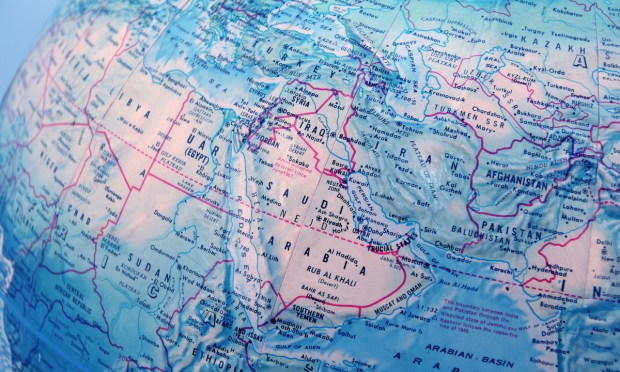Investment in MENA Startups More Than Doubled in Q1 to $864M

Funding for startups in the Middle East and North Africa (MENA) region has more than doubled, hitting $864 million in the first quarter of this year, according to a Saturday (April 16) report from The National.
This comes as economies in the region are still recovering from the pandemic.
Investors have been allocating more money for promising startups, as well. The funding increased by 161% on an annual basis, and the number of deals was also up 16%, according to data from Magnitt.
In the first three months of the year, startups in the Middle East, Africa, Pakistan and Turkey have already raised 48% of all capital invested in 2021.
“VC ecosystems in Mena … seemed to catch the tailwind of last year’s capital investment spree over the first quarter of 2022,” Magnitt said in the report, per The National, noting that the United Arab Emirates (UAE) also ranked in the top venture capital (VC) market in the first quarter.
The report also noted that Africa and Turkey were the only regions to get above $1 billion in the first quarter of 2022. Those countries raised over $1.2 billion and $1.3 billion, respectively, and startups accounted for 41% of the total funding in the MENA region in the first quarter.
PYMNTS wrote that the MENA market has one of the biggest populations of underbanked people in the world — more than 90% of the population uses cash and doesn’t have access to credit or formal savings accounts.
See also: Cash-Back Credit Cards Increase Financial Flexibility, Spending Power of MENA Consumers
Momtaz Moussa, CEO of FinTech rewards app Lucky, said the issue has necessitated “slow steps” over several years, making the transition to financial and digital services as easy as possible.
He told PYMNTS in an interview that in the past, Lucky hadn’t moved forward with a Revolut-esque preposition to support the underbanked because the market was one “where most of the supply side is not even integrated within the financial system.”
“You couldn’t just distribute banking cards back then and expect that people or transactions would suddenly become cashless,” he said.